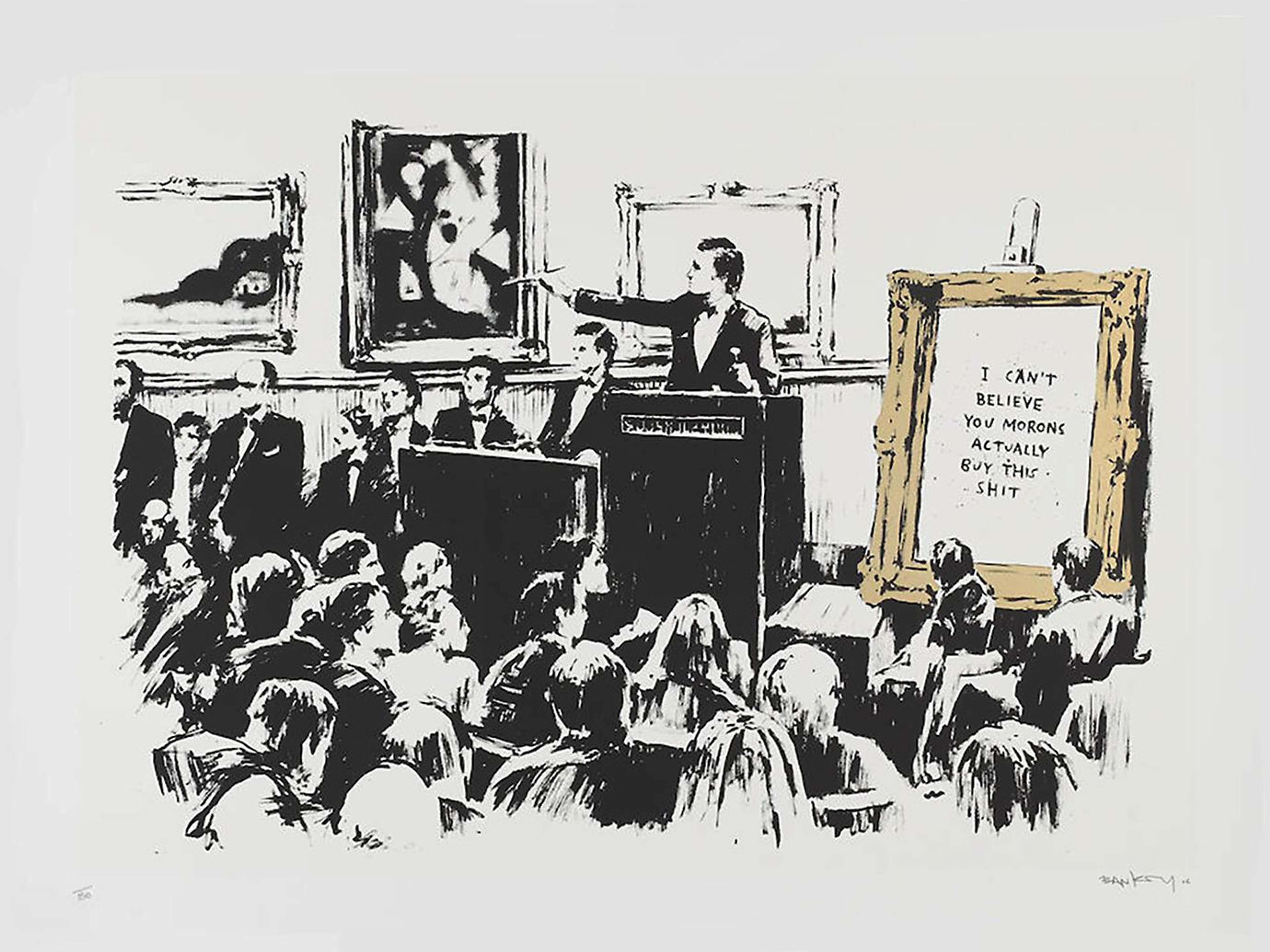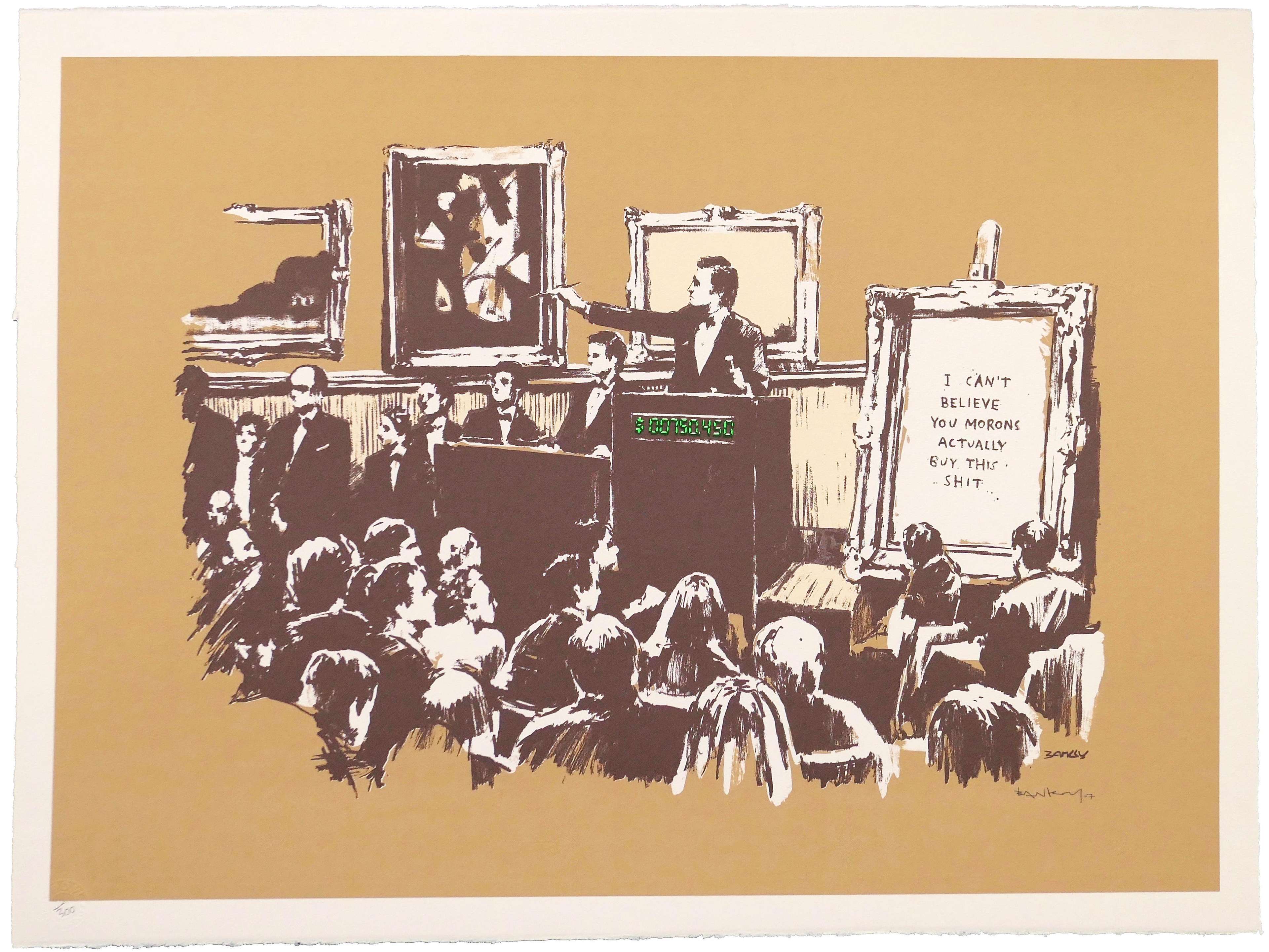How Auction Houses Determine Art Valuations

 Volkswagen (F. & S. II.358) © Andy Warhol 1985
Volkswagen (F. & S. II.358) © Andy Warhol 1985Market Reports
Auction house valuations are influenced by a combination of sales data, market trends, scarcity, and strategic positioning. Provenance, condition, and buyer demand play key roles in determining price, while external factors such as competing sales and global economic conditions can also shape valuations. Understanding these elements, along with market timing and liquidity, allows collectors to make informed decisions.
Glossary of Key Terms
Provenance: The history of ownership of a work of art.
Reserve Price: A reserve price is the minimum amount a seller is willing to accept for an item at auction. The seller and the auctioneer agree on the reserve price, which is kept confidential from potential buyers.
High Estimate: A high estimate at auction is the upper end of a range of prices that an auction house and seller agree on for an item.
Low Estimate: A low estimate at auction is the minimum price that an auction house expects an item to sell for. It's part of an auction estimate, which is a price range that helps buyers and sellers prepare for the sale.
The Valuation Process
Historical Sales & Benchmarking
Auction houses start by analysing past sales data to establish a benchmark for an artwork’s valuation. This comparative approach helps determine a reasonable price range based on similar works by the same artist or within the same medium. However, if there are limited historical sales - either because the work is extremely rare or because the artist is newly entering the secondary market - valuation becomes more complex. In such cases, auction houses must take a more speculative approach, treating the work similarly to a unique piece.
Supply & Demand
Scarcity and demand significantly impact valuation. If an artist’s works are rare or experiencing heightened collector interest, their market value may rise. Conversely, if too many similar works flood the market, prices may drop due to oversupply. Auction houses also track broader stylistic trends - if a particular aesthetic or artist is currently in vogue, valuations may be adjusted upward to reflect increased demand. However, these trends can shift quickly, requiring careful assessment within a historical and market context.
Provenance, Condition & Rarity
An artwork’s provenance can add or detract from its value. If a piece comes from a prestigious collection, such as one belonging to a high-profile celebrity or institution, it can command a premium. However, if it has passed through a gallery known for selling questionable works, this may cast doubt on its authenticity and lower its market value. This is particularly important given that auction houses only guarantee authenticity for a five-year period, and scholarly opinions on artworks can evolve over time. Additionally, certificates of authenticity (COAs) should not be blindly trusted, as their credibility depends on the issuing source. In some cases, alternative forms of provenance, such as photographs or letters from the artist, can provide equally strong validation.
The condition of an artwork is also a critical factor in its valuation, as it directly impacts both its aesthetic appeal and long-term preservation. Well-preserved works, especially older pieces, often command higher prices due to their rarity and desirability among collectors. Even minor damage, such as fading, cracks, or restoration, can significantly reduce an artwork’s value. Auction houses carefully assess an artwork’s condition, often consulting conservation experts, to ensure accurate pricing and buyer confidence.
Context Within the Auction
Auction houses consider the overall composition of a sale when setting valuations. If a work is a highlight of a prestigious auction, it may receive a higher estimate due to increased visibility and competitive bidding. However, if the sale includes multiple works by the same artist, this competition may lower individual valuations.
Global Buyer Base & Market Competition
Auction houses evaluate their collector base when determining value. If a particular region has strong demand for a specific artist or genre, estimates may be higher. However, tax implications and import restrictions can impact bidder participation, potentially lowering values. Market competition also plays a role - if an auction house knows that a rival is offering a similar work soon, it may adjust its valuation to account for potential bidder fragmentation.
Pricing Strategies: Estimates & Reserves
Auction houses use strategic pricing to ensure strong sales while maintaining collector interest. One of the key elements of this strategy is setting estimates and reserves. While many assume that the reserve is the same as the low estimate, this is not the case. Auction houses encourage sellers to agree to the lowest possible reserve to increase the likelihood of a successful sale.
A significant challenge in valuation, particularly in the prints and multiples market, is the lack of sufficient data points. Some works rarely appear at auction due to their scarcity, making it difficult to establish a clear market value. In such cases, auction houses must treat them more like unique pieces rather than editioned prints. Another issue arises with “wet paint” artists - those who have only recently entered the secondary market. While their primary market prices may be high, there is often little historical data to indicate how they will perform at auction. This was evident with artists like KAWS and Stik in the late 2010s - markets that initially seemed strong but later saw corrections due to a lack of long-term secondary demand. Similarly, some artists, like David Shrigley, experience a disconnect between their primary and secondary markets, where buyers continue to pay premium retail prices without realising similar works can be found at auction for a fraction of the cost. This dynamic highlights the importance of understanding both primary and secondary market trends when evaluating an artwork’s true market value.
Market Timing & Liquidity
The timing of a sale can significantly affect valuation, particularly in fast-moving sectors like prints and multiples. Demand for certain artists can fluctuate within months, so auction houses aim to bring works to market at the optimal moment.
Mitigating Risks in the Art Market
For collectors, navigating the art market’s fluctuations requires expertise and strategic planning. Working with seasoned specialists who understand valuation trends and market timing will help maximise returns.
Auction house valuations are shaped by a combination of market analysis, expert judgment, and strategic positioning. For collectors and sellers, understanding these elements, and working with knowledgeable specialists, ensures better decision-making and stronger results in the art market.








